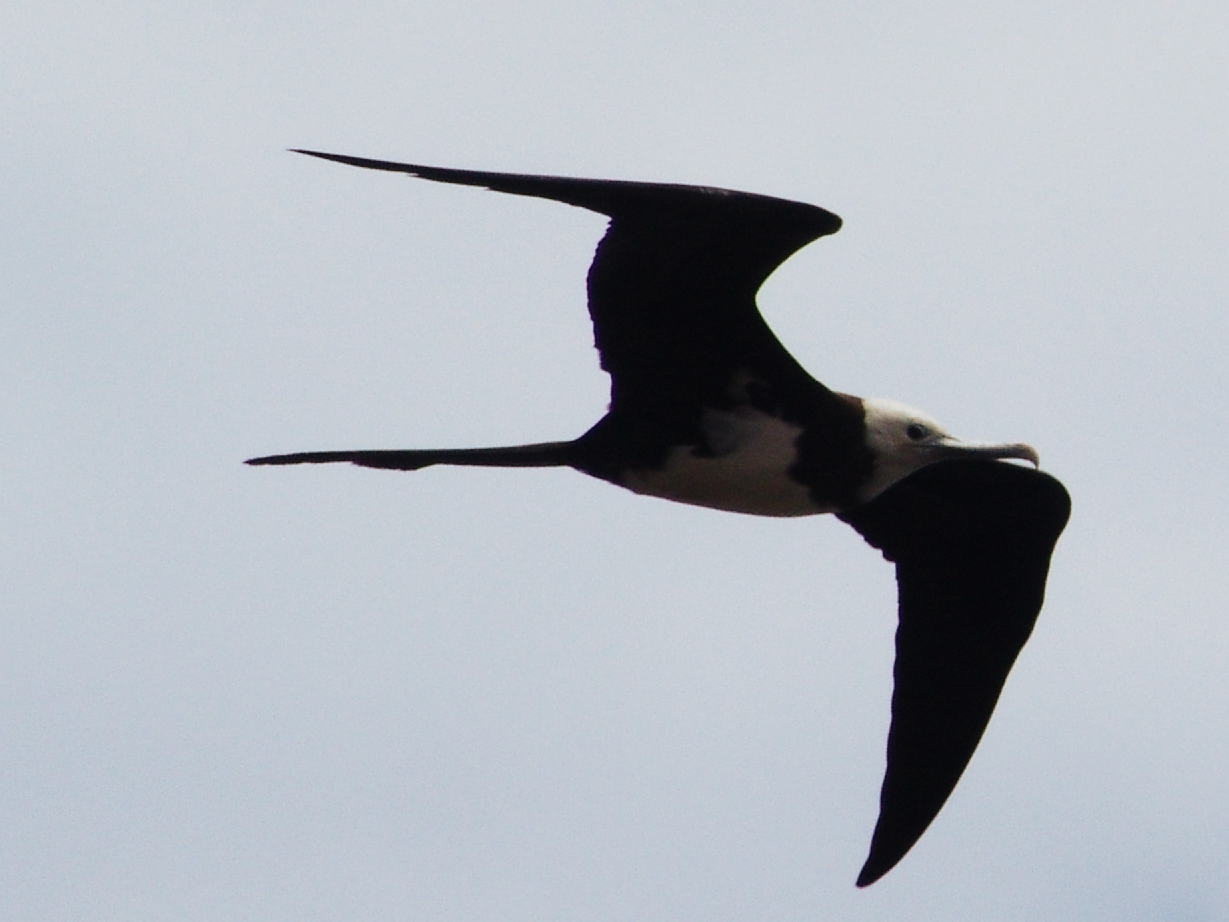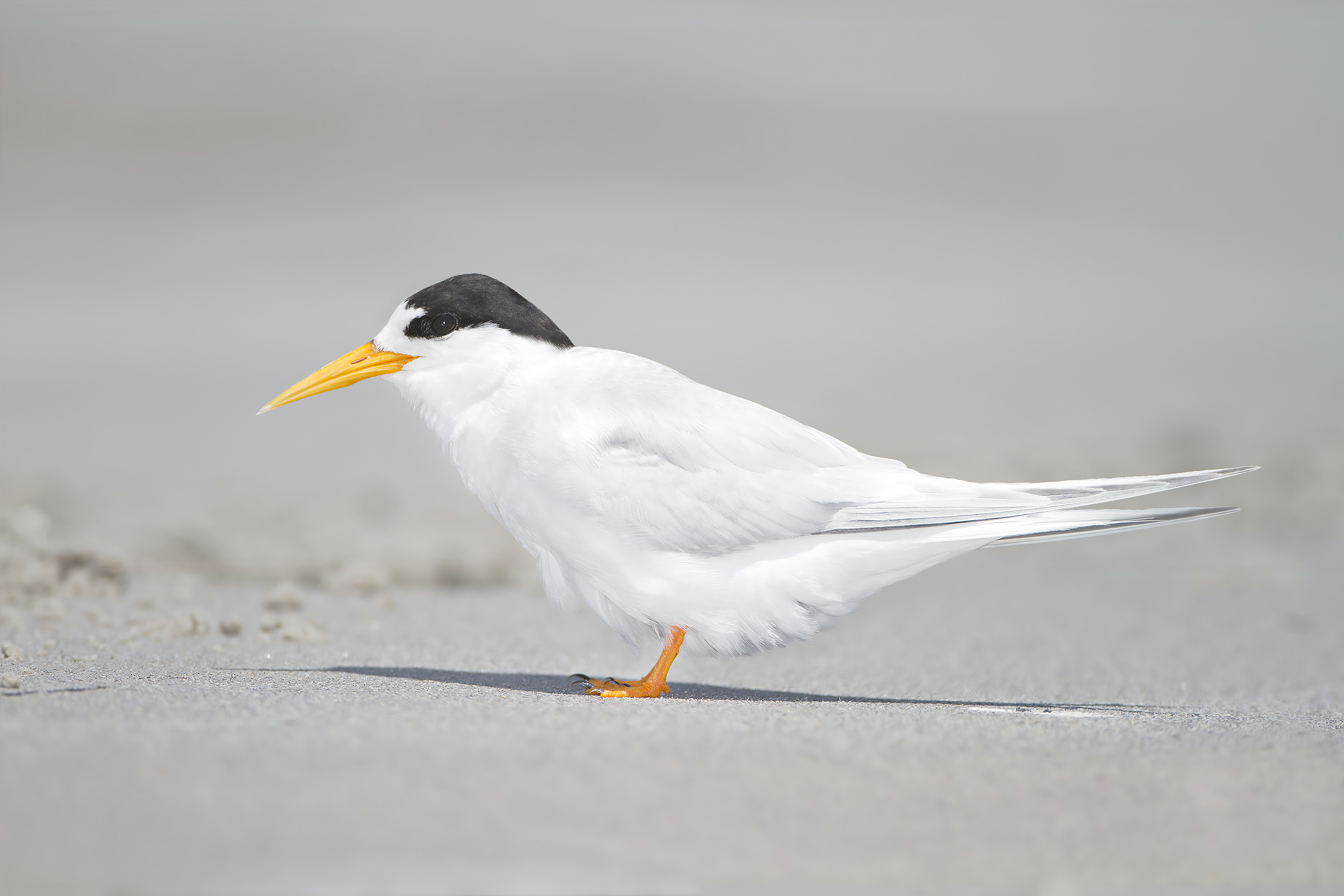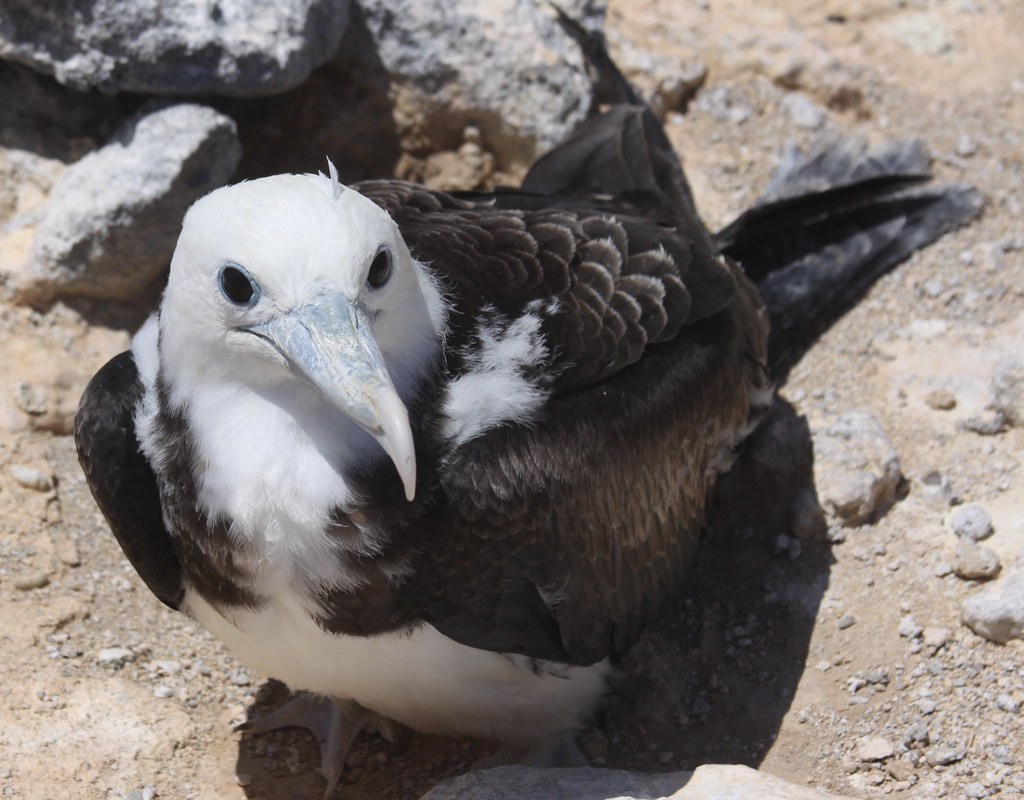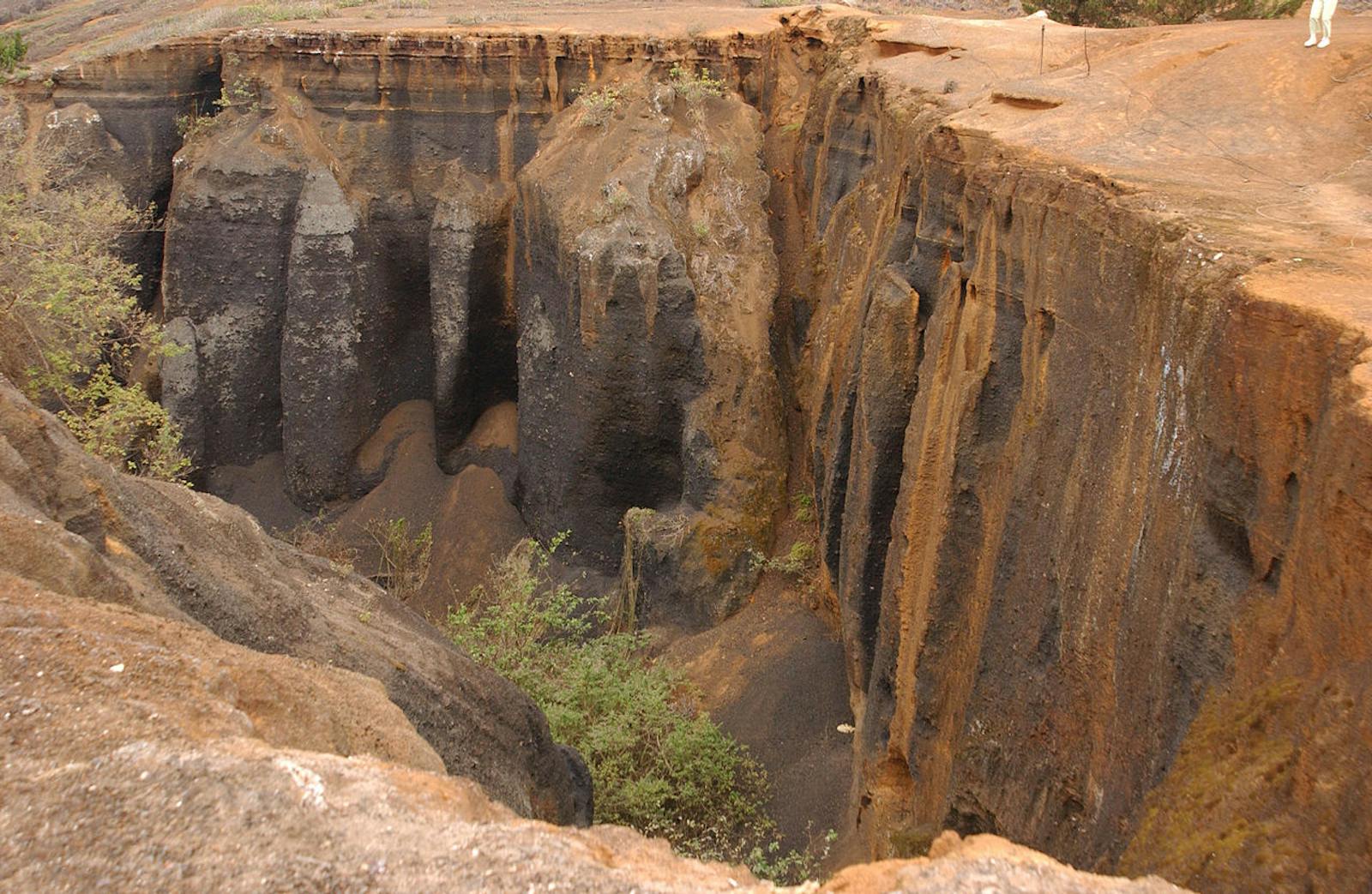Ascension Scrub and Grasslands
The ecoregion’s land area is provided in units of 1,000 hectares. The protection goal is the Global Safety Net (GSN1) area for the given ecoregion. The protection level indicates the percentage of the GSN goal that is currently protected on a scale of 0-10. N/A means data is not available at this time.
Bioregion: St. Helena & Ascension Islands (AT18)
Realm: Afrotropics
Ecoregion Size (1000 ha):
9
Ecoregion ID:
37
Protection Goal:
99%
Protection Level:
2
States: British Overseas Territory
Ascension Island, with its surrounding islets and sea stacks, is one of the most important breeding sites for seabirds in the tropical Atlantic. The endemic Ascension frigatebird uses thermals and wind patterns in order to travel efficiently. Lacking waterproofing plumage, they cannot land or dive into the sea to catch prey. Consequently, they prey on flying fish and other near-surface marine species as well as from kleptoparasitic activities. Before the eradication of feral cats in 2004, frigatebirds moved to the Botswainbird Island to avoid predation. Since then they have started to re-colonize the main island.
Ascension Island lies in the equatorial Atlantic Ocean, 1,200 km northwest of the Island of St. Helena and 1,700 km from the nearest mainland in Africa. Ascension is a relatively young volcanic island with 44 distinct craters, all considered "dormant" rather than extinct. The last major volcanic eruption occurred approximately 600 years ago. Much of the island remains covered by basalt lava fields and cinder cones, and steep cliffs mark the south and southeast coasts.

The flagship species of the Ascension Scrub and Grasslands ecoregion is the ascension frigate. Image credit: Creative Commons
Ascension Island’s climate is subtropical with temperatures of 10-32°C. The arid-tropical climate has a hot season (January to end of May) and a cooler season (June to December). Rainfall is relatively low, with an annual mean of 709 mm, and showers occur throughout the year with slightly heavier rain January-April.
Much of the island, particularly to the north and the west, is marked by barren desert areas with some grass interspersed with the endemic Ascension spurge, as well as the introduced, invasive Prickly pear. Other endemic flora include Marattia purpurascens, Asplenium ascensionis, Xiphopteris ascensionense, Pteris adscensionis, Sporobolus caespitosus, and Anogramma ascensionis.
Ascension is one of the Atlantic’s youngest islands, only about 1 million years old, and therefore its indigenous fauna provides an example of an early stage in the processes of colonization, adaptive evolution, and radiation. Natural colonists arrive primarily by air, though some apparently crossed the ocean attached to birds or other animals, or on floating objects. The natural colonization of Ascension Island was almost entirely from Africa.

Fairy tern. Image credit: Creative Commons
While at one time there were millions of sea birds on Ascension Island, the introduction of feral cats in the early 1800’s eradicated the majority of them, including the Ascension crake. The sooty tern continues to breed on the island, with large numbers using an area called the "fairs" on the southwest coast. All other species nest on inaccessible cliffs and offshore islands. Other seabirds include white booby, brown booby, fairy tern, Madeiran petrel, and black noddy.
Two prominent birds are the red-billed boatswain (or tropicbird) and the yellow-billed boatswain, both of which have showy tail feathers that are over half the length of their body. Some introduced resident landbirds are waxbill, common myna, and canary.
Ascension is also known for its globally-important nesting population of green turtles which nest on the island’s sandy beaches from December to June. Tagging studies of the turtles have shown that they "shuttle" back-and-forth between this remote island and their feeding grounds on the Brazilian coast, a distance of at least 2,300 km. Hawksbill turtles are also present and a native land crab, Gecarcinus lagostoma, lives here.

Ascension frigate. Image credit: Courtesy of Drew Avery, Flickr
Land development continues to be a conservation issue on Ascension Island. However, there are now 8 protected areas on the island including the inland Green mountain national park (10 km2) and several nature reserves along the coast: Long beach, North East Bay, South West Bay, Mars Bay, Letterbox Peninsula, and Waterside Fairs. Boatswain Bird island is also protected as a sanctuary.
A particular challenge for conservation of Ascension Island’s biodiversity are introduced predators including rats. Initiatives to restore Ascension's seabird colonies have included proposals to exterminate introduced rats with an island-wide application of the anticoagulant rodenticide, brodifacoum. The eradication of feral cats in 2004 appears to have alleviated predation pressures on rats, allowing them to significantly increase in abundance and body size.
Rats are notorious predators of birds and their eggs resulting in significant population declines, particularly sooty terns. They also predate upon green turtle hatchlings as well as the islands largest native terrestrial invertebrate, the land crab. The introduced Mexican thorn bush has become a significant threat to marine turtles. A growing threat is from climate change which has already resulted in an estimated sea level rise of 7 cm since 1995, and is predicted to continue rising.
The priority conservation actions for the next decade will be to: 1) deploy poison bait to reduce rat densities at nesting beaches along with alternative control methods including habitat management to limit access to food and water; 2) continue monitoring priority species, for example green turtles, frigatebirds, and sooty terns; and 3) implement future land management plans which allow for the natural migration of nesting beaches in order to prevent ‘coastal squeeze’.
Citations
1. WWF. 2018. Island in the southern Atlantic Ocean, about half wat between South America and Africa. [Online]. [Accessed 10 April 2018]. Available from: https://www.worldwildlife.org/ecoregions/at0703
2. Oppel, S., Weber, S., Weber, N., Fox, D., Leat, E., Sim, J., Sommerfeld, J., Bolton, M., Broderick, A.C. and Godley, B.J. 2017. Seasonal shifts in foraging distribution due to individual flexibility in a tropical pelagic forager, the Ascension frigatebird. Marine Ecology Progress Series. 585, pp.199-212.
3. Ascension Island Government. 2015. Green turtle species action plan. In: The Ascension Island Biodiversity Action Plan. Ascension Island Government Conservation Department, Georgetown, Ascension Island.
4. Ascension Island Government. 2015. Black rat species action plan. In: The Ascension Island Biodiversity Action Plan. Ascension Island Government Conservation Department, Georgetown, Ascension Island



